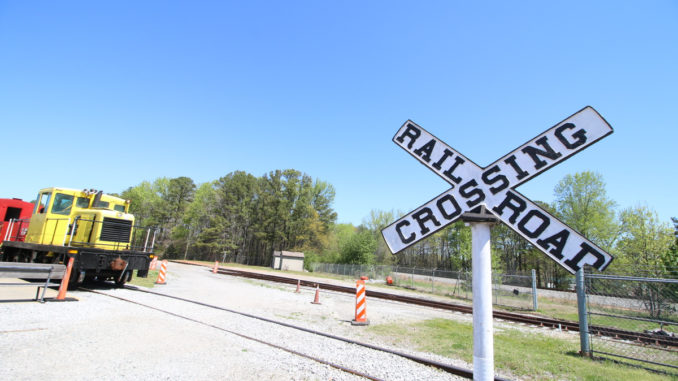
It’s hard to believe, but every three hours in the United States, a person or vehicle is struck by a train.
Even though vehicle-train collisions in the U.S. have dropped by 83 percent in the last four decades, there are still more than 2,000 vehicle-train collisions annually across the U.S. Last year, there were more than 900 injuries and fatalities as a result of people walking, playing or taking photos on train tracks.
There is no debate; these numbers are too high.
When this tragedy occurs, lives are changed forever: for the people involved in the crash, their family, friends and community, and the train crew members. They are often preventable.
To raise awareness of the dangers of being on or around railroad tracks, the first U.S. Rail Safety Week is Sept. 24-30. Operation Lifesaver, Inc. is spearheading the event in partnership with the U.S. Department of Transportation and other organizations, including the Southeastern Railway Museum in Duluth, Ga.
Few give a second thought to buckling up when getting behind the wheel. So, why don’t we apply the same level of safety considerations and caution when we’re around railroad tracks.
Making the right decisions near railroad tracks can truly be the difference between life and death, today — and every day. Keep yourself, family and friends safe by following these five rail safety tips from Operation Lifesaver:
- Look and listen for a train as you approach all railroad crossings — obey all signs, warning lights and gates.
- Trains are quieter and faster than you think. Never try to beat a train.
- Because of their size and weight, it can take a mile or more to stop a train.
- Always expect a train on any track; avoid distractions when you approach a crossing.
- Railroad property is private property. Walking on the tracks is illegal and dangerous.
Interested in learning more about railroad safety and trains in general? Stop by the Southeastern Railway Museum on Sept. 30 for a Community Connection day.
